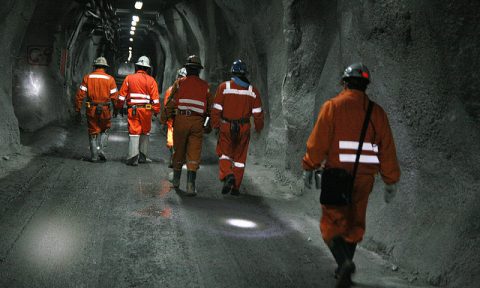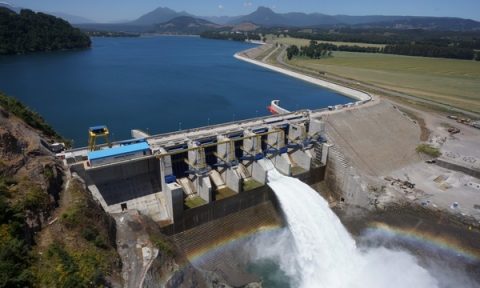68% of SING system generation projects are NCRE-based projects
02-Jan-2013 Estrategia – News
Almost half of projects are photovoltaic projects
68% of SING system generation projects are NCRE-based projects
CDEC-SING study reports that from the 5,585 MW NCRE in process there is only capacity to manage up to 300 MW from wind sources and 450 MW from solar photovoltaic sources
NCRE are becoming more and more relevant in the national electric matrix. More than 11,000 MW were processed in the SETA service. Almost half of these projects are thought to be part of SING system, i.e. 5,585 MW exceeding in more than 1,000 MW the total capacity of the system today (4,579 MW).
In accordance with the monthly report of Systep, most of them correspond to solar-generated plants. The report indicates that 46% of the plants are solar plants, particularly photovoltaic plants, comprising 45 projects in folder for a total of 3,803 MW. This figure is meaningful if one considers maximum demand in 2012 reached 2,392 MW and that for 2023 growth expected reaches 4,153 MW. However the NCRE expansion within the SING system also includes a considerable margin for wind sources. Wind-energy based projects reach 1,732 MW representing 21% of total and only 38 MW less than the potential contribution of those including coal-generated power.
Explanation for this boom may be found, per Systep sources opinion, in the supply shortage and the cost reduction these technologies offer. For this reason, several mining companies are operating, constructing or evaluating to develop NCRE projects.
Hindrances
One of the main difficulties the NCRE development is facing is the supply discontinuity. This is a condition of main importance in the SING system because 82% of power consumption of the system is used up by copper mining requirements demanding a regular power supply in a 24×7 system.
Additionally, a study carried out by the CDECSING found out that the supply variability of these energies would be setting a limitation for their integration to the electric system. In the case of wind-generated energy the limit would be 300 MW while for solar photovoltaic energies no more than 450 MW could be included. However, and in spite of this disadvantage, the same study emphasizes the competitiveness these energy sources would offer at the midterm.












